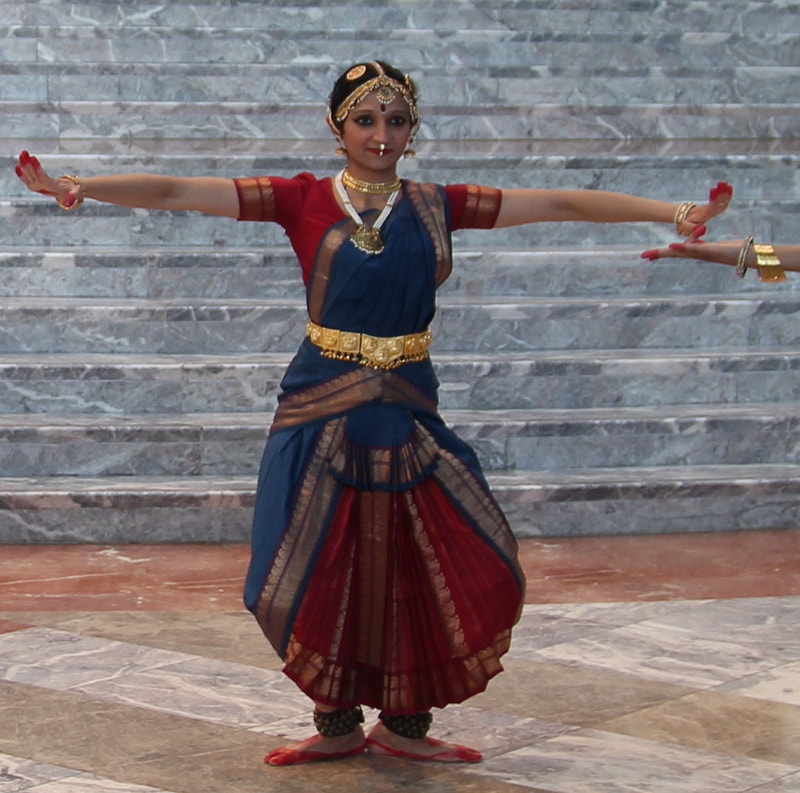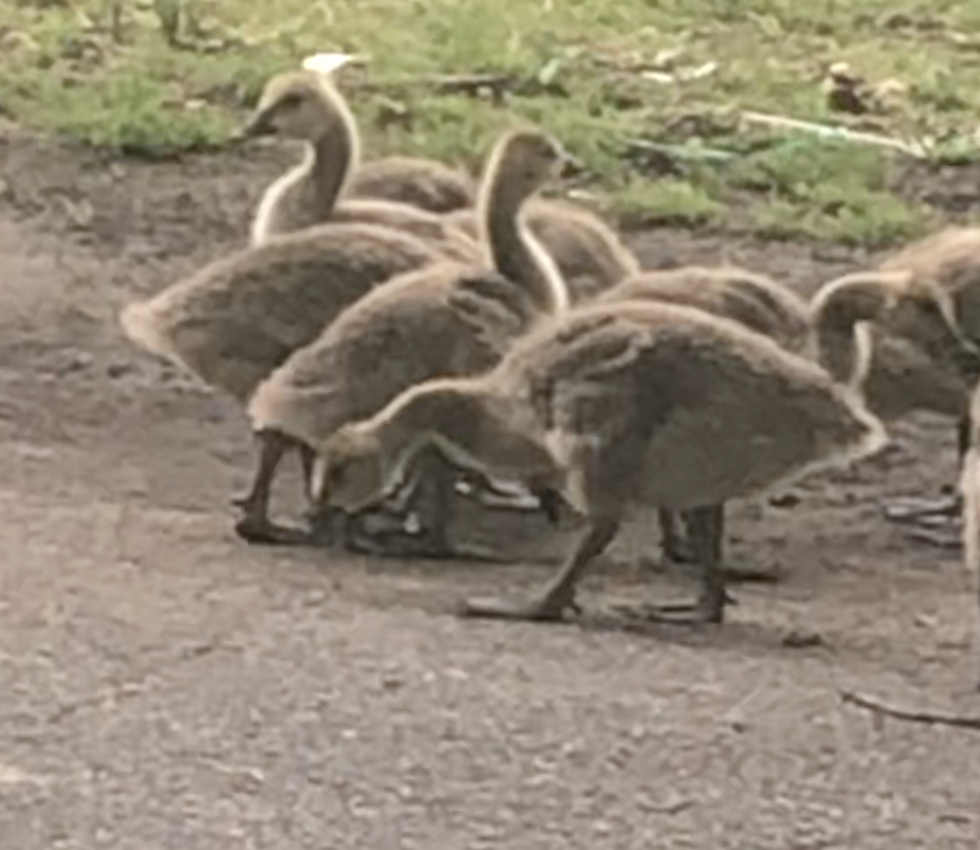|
Stillness in saccades In Episode 2 of Vichaar, we talked about movement in the brain and movement in Bharatanatyam. In the last post, we looked at stillness, and saw that the neural mechanisms of stopping movement are just as complex as those initiating and sustaining movement. As a way of providing the contrast between stillness and movement, I would like to talk about saccades. Saccades are quick movements of the eyes between one fixed point to another [1], and are used in Bharatanatyam as a way to provide a nuanced and subtle movement pattern in response to rhythm. I feel that saccades are like lightning bugs - their movement is so subtle and so precise, that if you blink, you miss it! In future posts, we will look at how the brain makes saccades possible [2], and how saccadic movements of the eyes can be used to diagnose movement disorders [3]. Citations:
1 Comment
Stay still! The neural mechanisms underlying stillness Why talk about stillness while talking about movement? As I was teaching my pup to "stay", I was thinking about how much of our lives we spend not moving. We reach towards our phone and stop moving, we walk to a location and stop, a cat stops moving while looking for its prey, a squirrel hops and jumps around, and then sits still on a brach, and the turtle stays absolutely still while sunning itself.
What does stopping of movement mean in terms of brain functioning? The neural mechanisms of stillness are complex [1]. In the next few posts, I will look at how we stop moving, the neural mechanisms involved, and how this plays out in dance. In the meantime, check out Episode 2 of Vichaar where I talk about movement in dance, and movement in the brain. Citation:
My Pup's movement and Episode 2 of Vichaar
Movement in Bharatanatyam, and movement in the brain: Episode 2 of Vichaar In this episode, I give a glimpse of the movement patterns in Bharatanatyam, talk about the complexity of movement, and see how the brain ascribes meaning to movement. A transcript of the episode can be found here. |
About SlokaMy name is Sloka. I am a neuroscientist and Bharatanatyam dancer; you can find more about me here. Archives
June 2024
|



